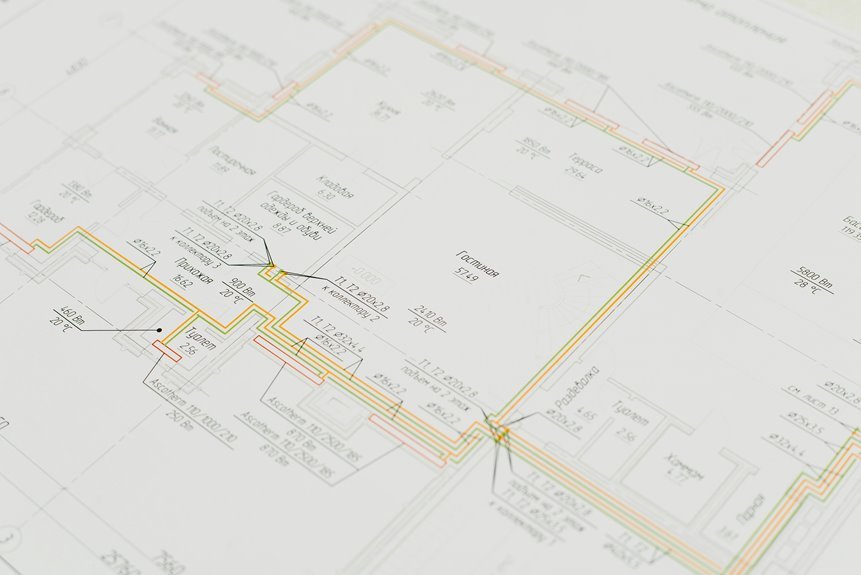The identifiers 7064989072, 7066192874, 7067106002, 7069205540, 7069554666, and 7072472715 serve as vital components in data management systems. They are structured to streamline data representation across multiple sectors, including retail and healthcare. Understanding their structure and purpose reveals significant implications for data integrity and governance. Exploring these aspects provides insight into their role in enhancing operational efficiency and minimizing errors. What lies beyond these identifiers may redefine data practices.
Structure of the Identifiers
While identifiers serve as crucial elements in various systems, their structure is fundamental to ensuring effective communication and data management.
Different identifier formats exist, each tailored to specific applications. Employing robust validation techniques is essential for maintaining data integrity and preventing errors.
Purpose and Applications
The structure of identifiers directly influences their purpose and applications across various fields.
Identifier significance is paramount in ensuring accurate data representation and retrieval.
Application examples include unique product identification in retail, patient tracking in healthcare, and asset management in logistics.
Such diverse uses highlight the necessity of well-structured identifiers, enabling efficient communication and organization in an increasingly data-driven society.
Enhancing Data Management and Retrieval
Effective identifiers play a crucial role in enhancing data management and retrieval across various sectors. They support robust data governance, ensuring that information remains accurate and accessible.
Conclusion
In the digital landscape, these identifiers serve as the compass guiding data through the vast seas of information. Their structured format is not merely a string of numbers but a lifeline that fosters accuracy and efficiency across industries. As organizations navigate the complexities of data management, these unique identifiers illuminate the path to enhanced communication and governance, ensuring that the integrity of information remains steadfast amidst the ever-changing tides of technology.



